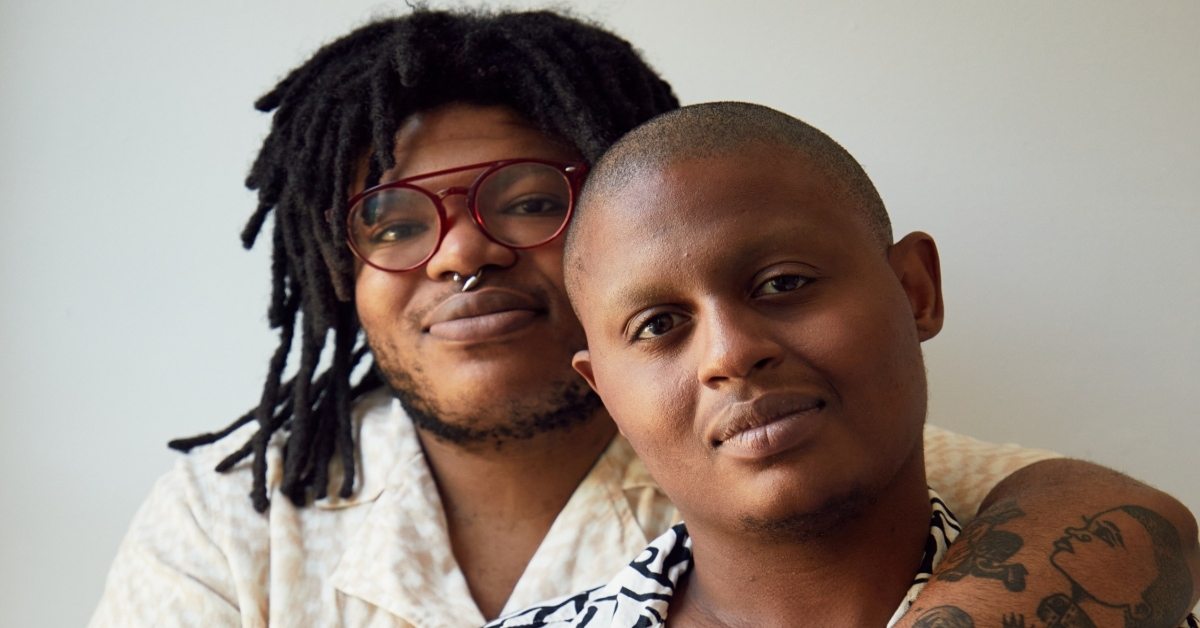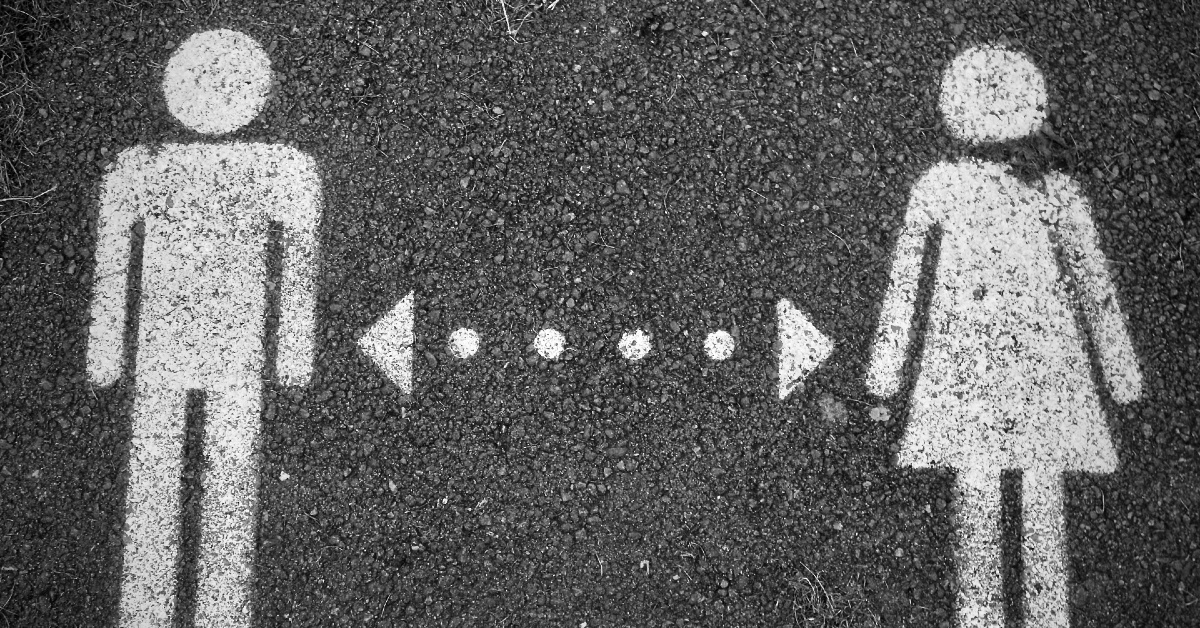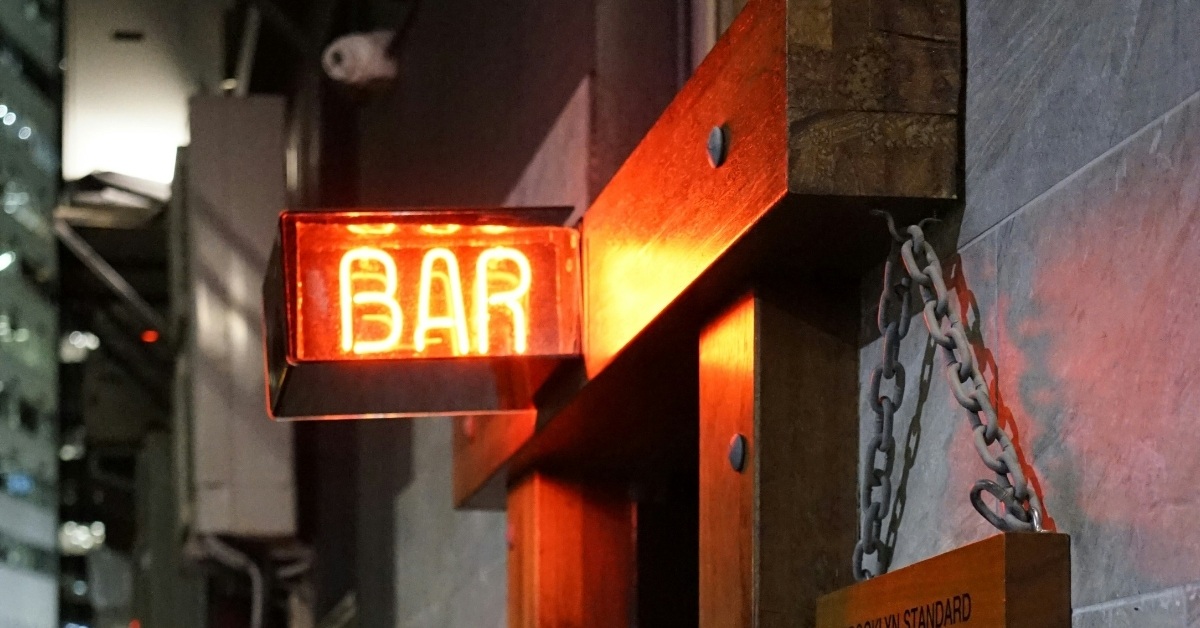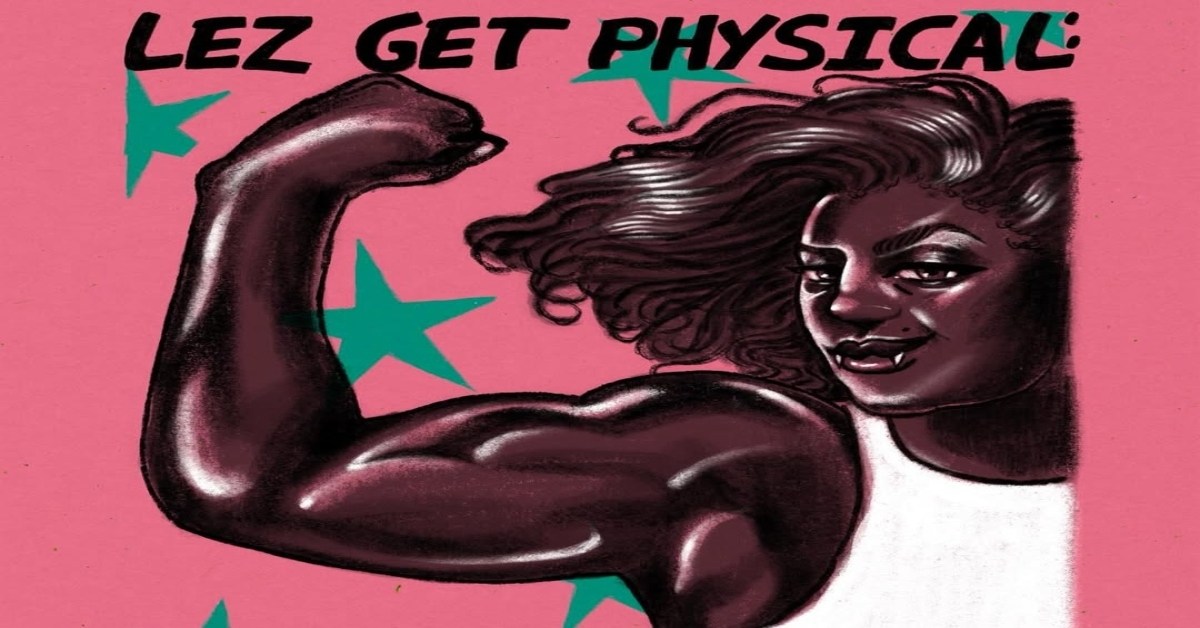BY: Ashley Blackwell
Published 2 months ago
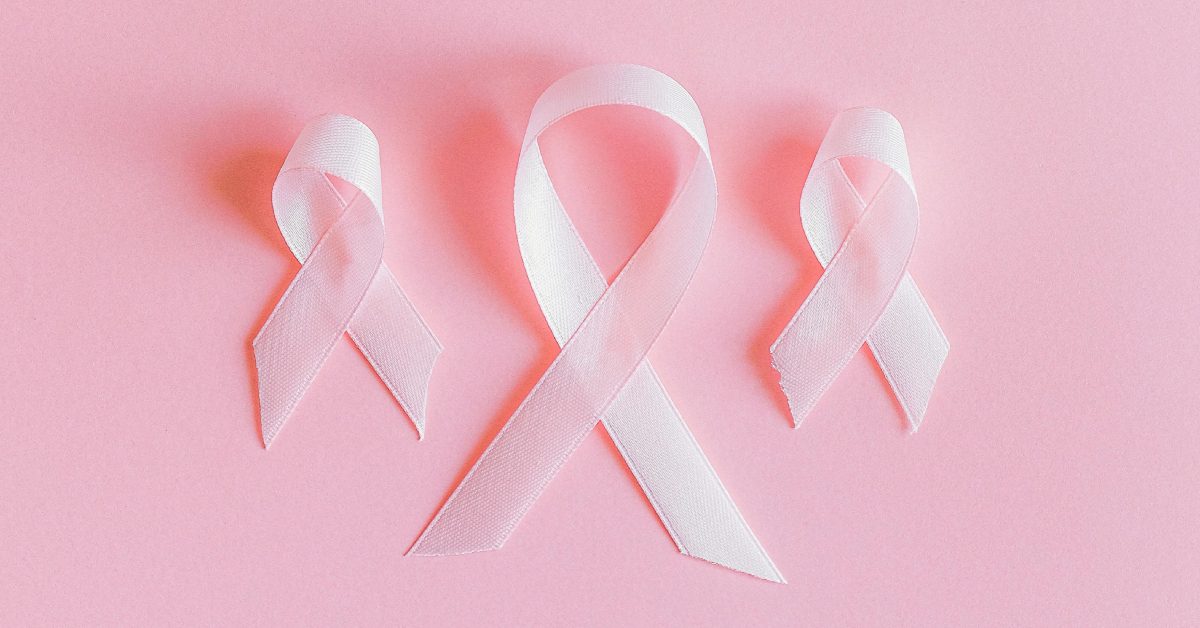
According to the National Breast Cancer Foundation, 1 in 8 women will develop breast cancer in their lifetime. Because of this, early detection is important. Unfortunately, many victims of this disease go undiagnosed, lowering the chances of survival for some yearly. With various misconceptions and apprehensions about today’s doctors and technology, getting the facts to debunk these breast cancer myths is necessary.
Also called breast carcinoma, the condition forms through the erratic growth of cells that (ultimately) become malignant over time. As a result, they then multiply into aggressive tumors that can spread to other areas of the body. Per the Mayo Clinic, common symptoms of breast cancer can include a lump or thickened layer of skin, a distorted/discolored appearance (i.e., flaking, dimpling, or size/shape changes) of the breast, or flattened nipples. As reported by the medical research center, some of the most known types are angiosarcoma, ductal carcinoma in situ, inflammatory breast cancer, invasive lobular carcinoma, lobular carcinoma in situ, and Paget’s disease of the breast.
Throughout the latter decades, this illness has run rampant among women, specifically of the African-American race. However, with the evolution of modern medicine and aiding the misinformed, health professionals have been able to act fast through surgical techniques and pharmaceuticals, which have greatly increased the rate of those overcoming the battle. With the end of the year approaching, prioritizing your screenings for 2025 is vital, as breast cancer can be present without any (noticeable) warnings.
Breast cancer awareness goes beyond its October observance. For many, this is a year-round fight. Please don’t wait until it’s too late; get checked out. Numerous suffer in silence, frightful of the painful days ahead while wishing they’d done so sooner.
A List of Breast Cancer Myths That Weren’t Studied Enough
1. Breast cancer is a death sentence.
Contrary to the scariness of this sickness, many successfully survive and return to living their day-to-day after receiving the proper treatment (such as chemo and radiation therapy). Certain procedures are designed to enhance the quality of life depending on the location of the cancer and its stage. Per WebMD, “the overall 5-year relative survival rate for breast cancer is 91.2%,” which estimates that “about 91 out of 100 people are alive 5 years after they’ve been diagnosed.” There are approximately 4 million plus breast cancer survivors today.
2. Men can’t have breast cancer.
Although this type of cancer is widely seen in women, it can occur in men as well. Despite its rarity, ductal carcinoma is the most prominent type of breast cancer discovered in males. The U.S. Centers for Disease Control and Prevention (CDC) states that signs usually appear as a hard knot or swelling in the breast, nipple discharge, or pain around the nipple. They can also experience redness, flaking, or irritation. The risk for men starts after age 50, even though they are said to be less likely to get the disease than women. Yale Medicine reported that the United States has around 2,600 cases each year, with only 1 in 830 expected to get breast cancer in their lifetime.
3. Breast cancer is a middle-aged or older person’s disease.
From PSAs to media coverage, tactics that were supposed to educate us on cancer (as a whole) have often failed over the years. Earlier research suggested that the majority of people living with breast cancer were 40 and up, as that was the heavily promoted age for women to begin mammograms. But we’ve notoriously seen a shift, with more and more ladies under the post-menopause age bracket receiving diagnoses.
“Any time a woman feels a breast mass, which does not go away, while doing a breast self-exam at any age, she should get it checked out,” breast oncologist Andrea Silber, MD told Yale Medicine.
Breast cancer in younger women is (sometimes) genetically induced, Dr. Andrejeva-Wright added. “Through research, we are learning more about cancer, genetics, and risk factors.” Wright continued, “Young women should be aware of their family history and keep their doctors updated over time as it changes.”
4. Mammograms can cause breast cancer.
For the longest, there have been conspiracy theories about whether or not mammograms are a safe outlet for the testing process. According to the National Breast Cancer Foundation, aside from popular belief, mammograms do not cause or spread breast cancer. If you didn’t know, mammograms are x-rays of the breast used to examine the tissues for abnormalities. The compression scan is the high-quality standard for picking up both non-invasive and invasive breast cancer.
5. All breast cancer is treated the same in every person.
While effectively treating breast cancer would be easier if it were a one-size-fits-all protocol, it’s not. Breast cancers come in different sectors and are significant to each individual in some way. The point is, due to the slew of types of the severity of each, doctors’ action plans may change as the patient’s response to cancer ranges, too. Additionally, everyone’s success story won’t look the same, and one should never feel defeated by someone else’s journey. With the right team behind you, you can find strength you never knew you had.
Which of these breast cancer myths have you heard before? Let us know in the comments below.


